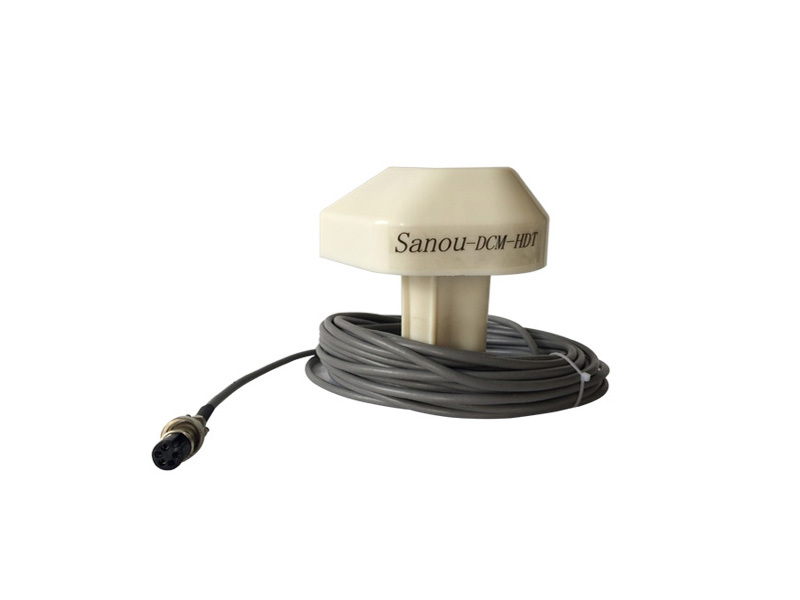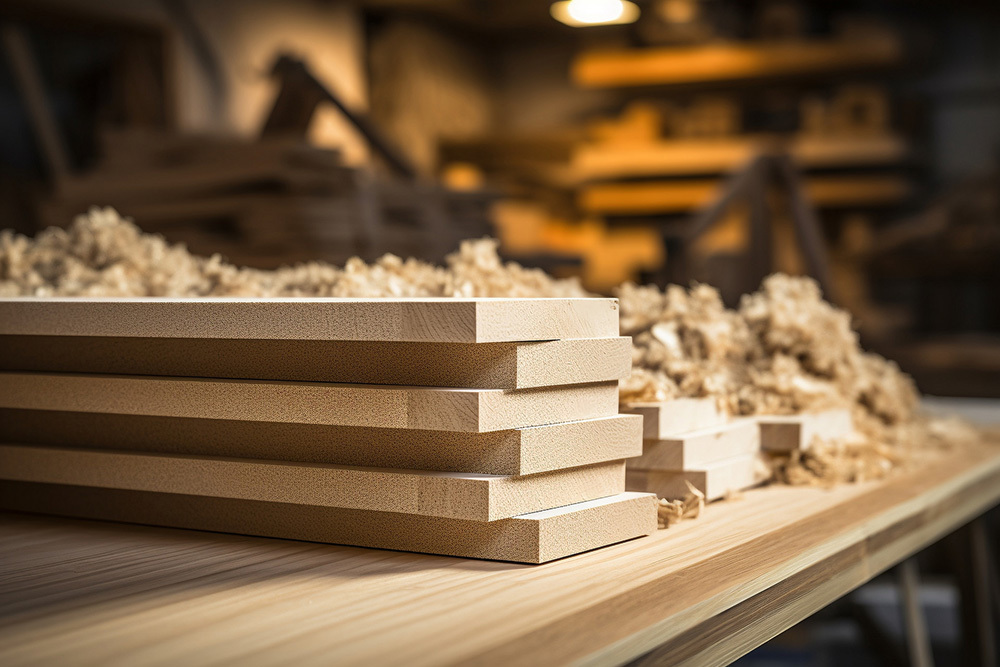News Center
Large Bakelite Steering Wheels: The Overlooked Component in Gear Mechanisms
Large Bakelite Steering Wheels: The Overlooked Component in Gear Mechanisms
Table of Contents
- 1. Introduction to Bakelite Steering Wheels
- 2. A Brief History of Bakelite in Industrial Applications
- 3. The Functional Role of Large Bakelite Steering Wheels
- 4. Benefits of Using Bakelite Steering Wheels in Gear Mechanisms
- 5. Applications of Large Bakelite Steering Wheels
- 6. Maintenance Tips for Bakelite Steering Wheels
- 7. Common Issues with Bakelite Steering Wheels
- 8. The Future of Bakelite Steering Wheels in Industrial Equipment
- 9. Frequently Asked Questions
- 10. Conclusion
1. Introduction to Bakelite Steering Wheels
In the realm of **industrial equipment** and **gear mechanisms**, the significance of **large Bakelite steering wheels** often goes unnoticed. These components play a vital role in ensuring that machines operate smoothly and efficiently, yet they are frequently overshadowed by more visible parts. Understanding the unique properties and advantages of large Bakelite steering wheels can help industries maximize their equipment performance.
2. A Brief History of Bakelite in Industrial Applications
Bakelite, invented in the early 20th century, was the first synthetic plastic created from phenol and formaldehyde. Initially used for electrical insulators and household items, Bakelite found its way into industrial applications due to its durability and resistance to heat and chemicals. Over the decades, large Bakelite steering wheels have been leveraged in various machinery, including tractors, forklifts, and other heavy equipment, showcasing their versatility and reliability.
3. The Functional Role of Large Bakelite Steering Wheels
Large Bakelite steering wheels serve several critical functions in gear mechanisms:
3.1 Steering Control
These wheels provide precise control over the direction and movement of machinery. The ergonomic design of Bakelite allows for a comfortable grip, enabling operators to maneuver equipment with minimal effort.
3.2 Durability
Bakelite is known for its exceptional toughness. Large Bakelite steering wheels can withstand significant stress and strain, making them ideal for heavy-duty applications where traditional materials might fail.
3.3 Chemical Resistance
The chemical properties of Bakelite allow it to resist degradation from oils, fuels, and other harsh substances encountered in industrial environments, ensuring longevity in performance.
4. Benefits of Using Bakelite Steering Wheels in Gear Mechanisms
The advantages of incorporating large Bakelite steering wheels into gear mechanisms are numerous:
4.1 Lightweight Yet Strong
Despite their strength, Bakelite is relatively lightweight compared to metals, contributing to overall machinery efficiency.
4.2 Cost-Effective Solution
Bakelite steering wheels are often more affordable than their metal counterparts, providing a cost-effective solution without compromising quality.
4.3 Aesthetic Appeal
The sleek and polished finish of Bakelite steering wheels adds a level of aesthetic appeal to machinery, which can be beneficial in customer-facing applications.
5. Applications of Large Bakelite Steering Wheels
Large Bakelite steering wheels are utilized in various industries, including:
5.1 Agriculture
In agricultural machinery such as tractors and combines, Bakelite steering wheels enhance control during operations across rough terrains.
5.2 Manufacturing
Forklifts and pallet jacks equipped with Bakelite steering wheels allow for smooth navigation in crowded warehouses, improving efficiency in logistics.
5.3 Automotive
Certain automotive applications still incorporate Bakelite steering wheels for their historical value and unique feel, especially in vintage vehicles.
6. Maintenance Tips for Bakelite Steering Wheels
To ensure optimal performance and longevity of large Bakelite steering wheels, regular maintenance is crucial:
6.1 Cleaning
Use a soft cloth and mild detergent to clean the surface of Bakelite steering wheels. Avoid abrasive cleaners that can scratch or damage the finish.
6.2 Inspection
Regularly inspect the steering wheel for any signs of wear, cracks, or discoloration, which could indicate the need for replacement.
6.3 Lubrication
Ensure that the steering mechanism is well-lubricated, as this reduces friction and extends the life of the steering wheel.
7. Common Issues with Bakelite Steering Wheels
While Bakelite steering wheels are generally reliable, some common issues may arise:
7.1 Cracking
Over time, exposure to extreme temperatures can cause Bakelite to crack. Proper storage and maintenance can mitigate this risk.
7.2 Discoloration
Exposure to sunlight and certain chemicals may lead to discoloration. Regular cleaning can help maintain its appearance.
8. The Future of Bakelite Steering Wheels in Industrial Equipment
As technology advances, the demand for durable and cost-effective materials in industrial applications continues to grow. Large Bakelite steering wheels are likely to remain relevant, especially as industries seek to balance performance with budget constraints. Innovations in production techniques may further enhance the properties of Bakelite, ensuring its place in future machinery designs.
9. Frequently Asked Questions
Q1: Why are Bakelite steering wheels preferred over metal wheels?
A: Bakelite steering wheels are lighter, more cost-effective, and offer better chemical resistance than metal alternatives, making them ideal for various applications.
Q2: How do I clean a Bakelite steering wheel?
A: Use a soft cloth with mild detergent and water to clean the wheel, avoiding harsh chemicals.
Q3: Can Bakelite steering wheels be repaired if cracked?
A: Depending on the severity of the crack, some Bakelite wheels can be repaired using specialized adhesives, but replacement is often recommended for safety.
Q4: Are Bakelite steering wheels environmentally friendly?
A: Bakelite is a thermosetting plastic, which means it cannot be recycled like other plastics. However, its durability can lead to a longer lifespan, reducing waste.
Q5: What industries benefit the most from Bakelite steering wheels?
A: Industries such as agriculture, manufacturing, and automotive greatly benefit from the use of large Bakelite steering wheels due to their durability and performance.
10. Conclusion
Large Bakelite steering wheels are indeed the overlooked heroes within gear mechanisms, playing an indispensable role in various industrial applications. Their unique properties, such as durability, lightweight design, and chemical resistance, make them an excellent choice for enhancing the performance of machinery. As industries continue to innovate and seek cost-effective solutions, Bakelite steering wheels are likely to maintain their relevance in the future. By understanding their significance and maintaining these components properly, industries can ensure smooth operations and prolonged equipment life.
Related News
Understanding the Benefits of a 1 in 4 Out Signal Distributor for Electronic Components
Understanding the Benefits of a 1 in 4 Out Signal Distributor for Electronic Components Table of Contents 1. Introduction to Signal Distribution 2. What is a 1 in 4 Out Signal Distributor? 3. Key Advantages of Using a 1 in 4 Out Signal Distributor 3.1 Enhanced Signal Integrity 3.2 Improved Signal Distribution Efficiency 3.3 Flexibility in System Desi
Understanding the 1 in 10 Out Signal Distributor: A Key Component in Optoelectronic Applications
A 1 in 10 out signal distributor is a specialized electronic device that takes a single input signal and replicates it across multiple output channels—in this case, ten outputs. This function is crucial in various applications, including telecommunications, broadcasting, and data transmission systems. The ability to distribute a single signal to multiple outputs ensures that information can reach
Unlocking the Benefits of the Furuno 1831 Radar with a Quality 24 Pin Square Plug
Unlocking the Benefits of the Furuno 1831 Radar with a Quality 24 Pin Square Plug Table of Contents 1. Introduction to Furuno 1831 Radar 2. Key Features of the Furuno 1831 Radar 3. Advantages of Using a Quality 24 Pin Square Plug 4. Installing the Furuno 1831 Radar with a 24 Pin Square Plug 5. Maintenance Tips for Optimal Performance 6. Troubleshooting Common




